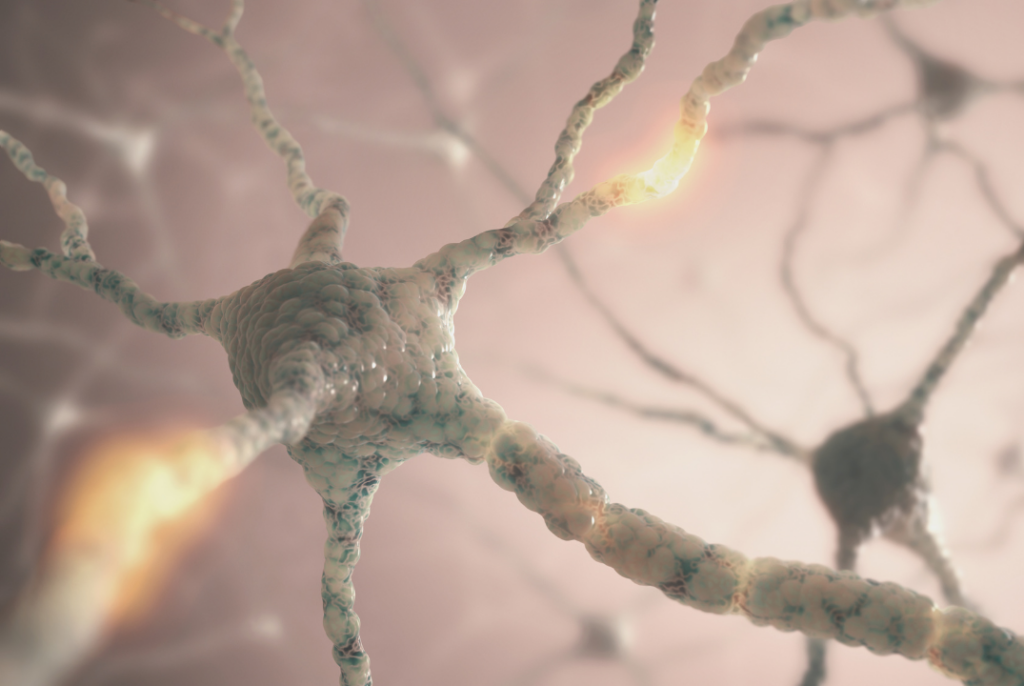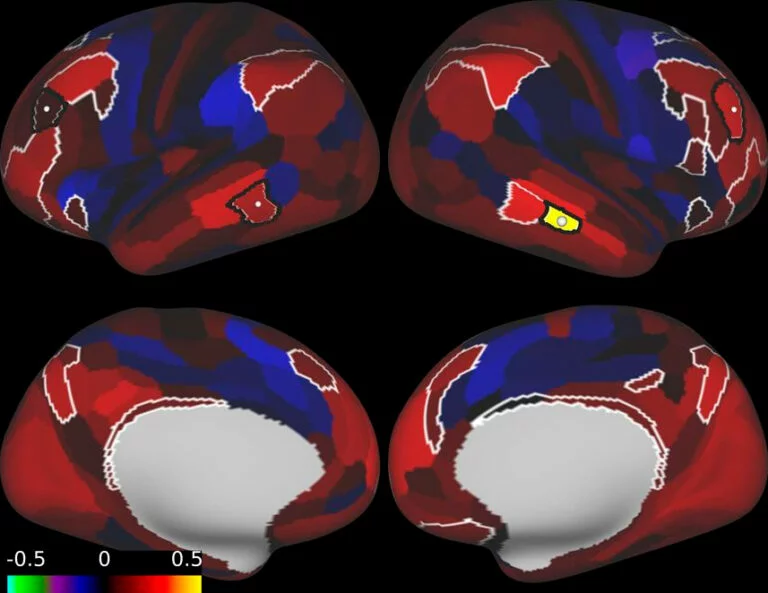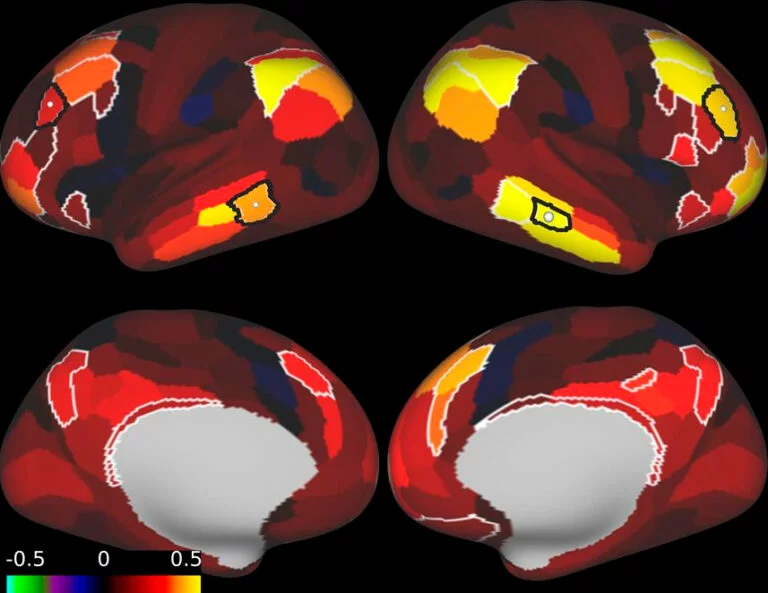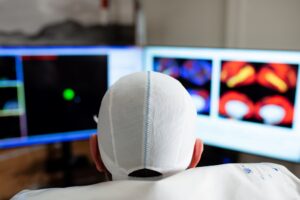
Contact Us

At Neurotherapeutix we use fMRI brain mapping and our proprietary algorithm to perform optimal, targeted TMS therapy (Transcranial Magnetic Stimulation Therapy). All right here in the Upper East Side of Manhattan.
fMRI-Guided TMS is a unique, innovative treatment for depression and anxiety. It also has a proven track record for treating a range of other mental health issues and brain injuries. TMS is an emerging treatment for a number of neurological and brain disorders. fMRI-guided TMS presents an opportunity to eliminate side-effects while improving results. In fact, psychiatric brain imaging is showing promise in a variety of clinical scenarios.
Normally transcranial magnetic stimulation takes a broad approach. The magnetic field will affect large areas of the brain at once to change neurocircuitry. Our functional-guided TMS technique involves identifying the specific pathways that are causing symptoms. Then we treat them with precision and accuracy.
Imaging-based psychiatry leverages advanced medical imaging technologies, including fMRI and EEG, to deepen understanding, improve diagnosis, and guide treatment for a range of conditions, such as mental health and brain disorders. These tools allow clinicians and researchers to visualize brain activity patterns, providing a foundation for a more precise and personalized approach to treatment.

Using fMRI and our algorithm, we can identify brain regions the size of a grain of rice. Our board-certified psychiatrist will work with you, our fMRI technician, and our TMS therapist to chart a course for your treatment. We will track your results during and in between sessions.
Using cutting-edge imaging equipment, we can track your results in real time before changes in symptoms manifest. This means we can make any adjustments to your plan as-needed, when they are most impactful. Standard TMS therapists don’t have the equipment to do that, only we do.
The basis of our technique is the mapping of your brain at its resting state. Which is to say: what it is like when you are not experiencing symptoms or engaging in complex tasks. We use this as a benchmark to identify what neural circuits are misfiring and need to be tuned up.
We offer fMRI brain mapping, an alternative to QEEG mapping techniques. Functional Magnetic Resonance Imaging (fMRI) and Quantitative Electroencephalography (QEEG) are both prominent techniques for brain mapping. Both methods have unique strengths and applications, making them valuable tools in the field of neuroimaging.

fMRI is a non-invasive technique that measures brain activity by detecting changes in blood flow. This powerful imaging tool allows for the identification of specific brain regions and neural pathways involved in various mental processes.
The primary advantage of fMRI is its ability to provide high-resolution images of the brain’s structure and function. This makes it an ideal tool for precise, targeted interventions like TMS. fMRI maps the brain at its resting state. This can identify the specific neural circuits that are misfiring and in need of fine-tuning. That level of accuracy is unparalleled in the field of brain mapping. Our accuracy and image quality is what allows us to create unique plans for each patient.
In contrast, QEEG records electrical activity in the brain through sensors placed on the scalp. QEEG provides valuable information about brainwave patterns and can reveal abnormalities in brain function.
QEEG excels in offering real-time information about brain function and electrical activity, making it particularly useful for monitoring changes and identifying abnormal brainwave patterns. QEEG has been widely employed for conditions like epilepsy and sleep disorders.


Both fMRI and QEEG have their distinct advantages. fMRI stands out for its role in TMS therapy. It can pinpoint specific regions of the brain with unparalleled precision. This enables our TMS therapists to develop a tailored treatment plan targeting the exact neural pathways responsible for your symptoms. Moreover, fMRI allows us to continuously monitor your progress in real-time, making adjustments to your treatment as necessary for optimal results.
QEEG shows promise in the identification of cerebrovascular disorders, encephalopathy, dementia, and epilepsy. But it does not yet have widespread acceptance or approval for the treatment of most brain problems, whereas fMRI Does.
Once your initial consultation is scheduled, you can expect the following as you continue with our TMS Services:
You will enjoy a reduction in symptoms and a bright new life. While maintenance TMS sessions may be necessary, they will be far less frequent. So you can spend more time doing what you love.


Call us at (917) 388-3090 or click to request a regular or telehealth appointment.
Neurotherapeutix
171 East 74th Street, Unit 1-1 New York, NY 10021

Neurotherapeutix is the leading clinic for functional imaging guided transcranial magnetic stimulation (TMS), a safe, innovative, and non-invasive methodology for treating a wide range of acute and chronic mental disorders and brain injuries. Our advanced fMRI technology allows us to map the brain for the… Learn More »
By: Neurotherapeutix NYC
Reviewed By: Marta Moreno, Ph.D
Published: March 24, 2023
Last Reviewed: September 27, 2024
QUICK INQUIRY
Contact us to get an estimate for your medical services requirements. You can fill in the form to specify your medical requirements or you can call us directly.